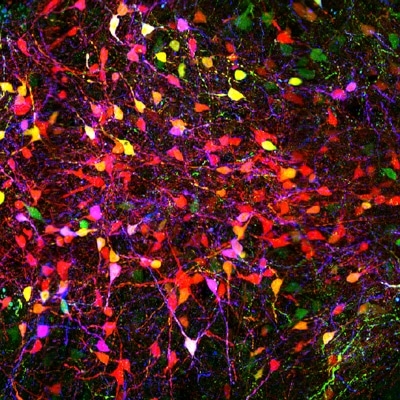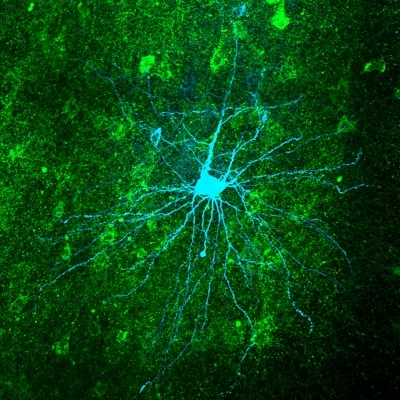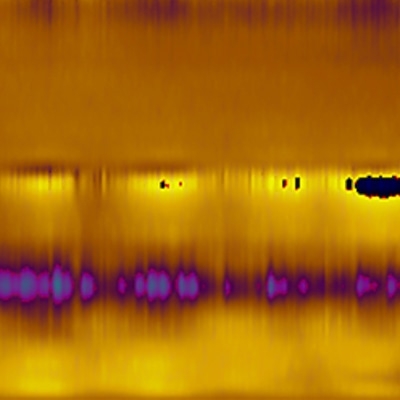
The Tye Lab employs a multi-disciplinary approach including optogenetic, in vivo and ex vivo electrophysiological, pharmacological and imaging techniques to find mechanistic explanations for how emotional and motivational states influence behavior, in health and disease.
The Tye Lab is located at the Salk Institute. We are currently accepting undergraduate and graduate students through UCSD, as well as Postdoctoral Associates/Fellows, Research Assistants & Visiting Students! https://tyelab.org/join/
View Kay’s Ted Talk here!
View Kay’s HHMI Talk here!
View Kay’s Blavatnik film here!
Behaviors are motivated by two emotional valences: Seeking pleasure and avoiding pain. The ability to select appropriate behavioral responses to environmental stimuli, such as avoiding a predator or approaching a food source, is critical for survival. Although most animals are capable of learning to assign either positive or negative associations to environmental cues, we are only beginning to understand the underlying neural circuits and the plasticity that mediate the formation, retrieval or extinction of an associative memory.
How are emotional or motivational associations assigned to environmental cues? Where do the circuits processing associative information diverge to differentially encode positive and negative valence?
When there are perturbations in the neural circuits mediating reward processing, fear, motivation, memory or inhibitory control, we may observe a number of disease states such as substance abuse, attention-deficit disorder, anxiety and depression. These are among the most prevalent neuropsychiatric disorders, and show a high rate of co-morbidity with each other, as patients diagnosed with anxiety or mood disorders are approximately twice as likely to develop a substance use disorder.
Do perturbations in common neural circuits processing motivation, memory or affective valence underlie this high-rate of co-morbidity?
Social stimuli are among the most motivationally-significant classes of stimuli that we encounter, and impairments in social interactions is a hallmark feature of anxiety or mood disorders, as well as substance use disorders. Interestingly, in male mice, monkeys, humans and even flies, acute social isolation produces prosocial behavior but chronic social isolation produces antisocial behavior. To explain this apparent paradox, we created a conceptual framework we call “Social Homeostasis” that borrows principles from control theory and homeostasis and applies them to understand how social groups maintain stability in structure and how individuals maintain the optimal level of social contact. Questions we seek to answer are:
How do we know our social rank? What makes social groups more egalitarian or despotic? How do we learn by observing others?







